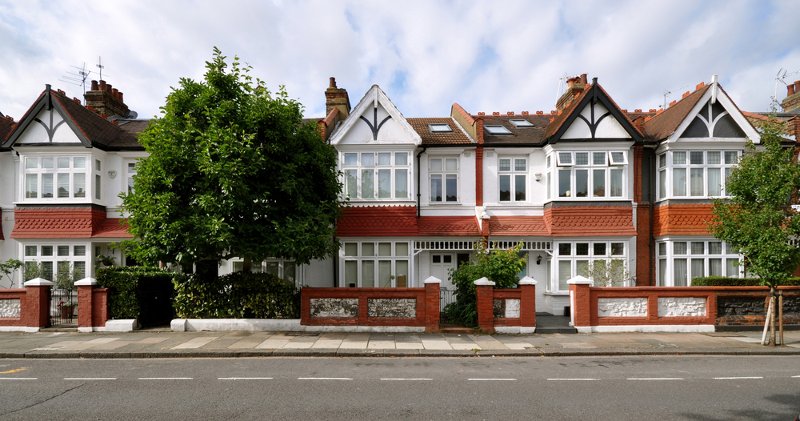Private rented homes were found to be the most likely to be ‘non-decent’ with a quarter of such properties falling below the expected standard.

Almost a fifth of homes in the country failed to meet the government’s Decent Homes Standard, independent property inspectors VeriSmart has revealed.
Private rented homes were found to be the most likely to be ‘non-decent’ with a quarter of such properties falling below the expected standard, whilst the social sector had the lowest proportion of non-decent homes at 13%.
Jonathan Senior, chairman of VeriSmart, said: “The figures are worrying when one considers that one in five homes is sub-standard as far as safety, costs and other measures are concerned.
“Some may fret at the average cost to fix a property so that it meets the required standard, but when these properties are falling below expectations in part due to hazards, safety surely has to take priority.
“We recently looked at the tragic number of home accidents – many involving children and many leading to fatalities – and it’s clear that chances can’t be taken in this area.”
More than a third of homes built before 1919 were deemed non-decent and would require an investment of £9,991 to meet the expected standard laid out by the government, whilst the average estimated cost for non-decent homes to meet the required standard was £7,211.
Converted flats were deemed the most hazardous property type with 21% of such homes likely to contain hazards, while private homes were the next most dangerous by this measure (14%).
Houses were close behind (12%), with flats proving safer (8%), and social rented homes were least likely to play host to a hazard at just 6%.



